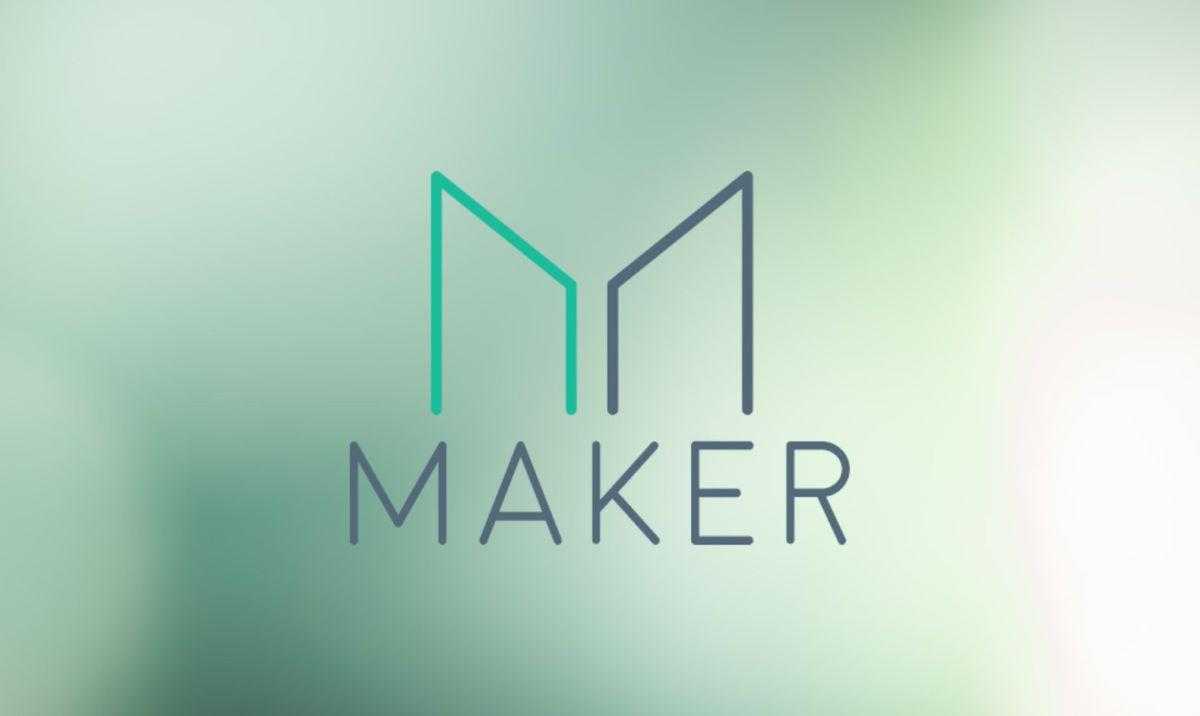What is MakerDAO (MKR) and DAI Stablecoin?
MakerDAO is a smart contract platform built on Ethereum that lets you give out Dai stablecoin in exchange for other cryptocurrencies and real assets. The word "market maker" is where the name "platform" comes from. MakerDAO has the most liquidity locked up of any of the DeFi...

MakerDAO is a smart contract platform built on Ethereum that lets you give out Dai stablecoin in exchange for other cryptocurrencies and real assets. The word “market maker” is where the name “platform” comes from.
MakerDAO has the most liquidity locked up of any of the DeFi protocols in the Ethereum ecosystem. One of the best stable coins is Dai.
With the help of DAO, the project works and grows without any central control. Maker (MKR) is the token that is used to run MakerDAO.
Who Came up With MakerDAO?
Dane Rune Christensen came up with the idea for the MakerDAO platform. Before he helped start international recruiting company Try China, he studied biochemistry and international trade. Christensen started the Maker Foundation in 2014 and ran it out of Santa Cruz, California.
Christensen, a former Amazon software engineer named Andy Milenius, and a group of other developers started building a decentralized platform in March 2015 that would let people borrow stablecoins backed by cryptocurrencies. Christensen wrote an article on March 26, 2015, in which he talked about eDollar, a stablecoin based on the Ethereum blockchain.
Christensen suggested giving market makers, who would later be called Keepers, a reason to provide liquidity by giving them Maker utility tokens (MKR).
In December 2017, the first version of MakerDAO was released. Single Collateral Dai (SCD, monocollateral Dai), which was launched in December 2017, became the most important part of the protocol. Ethereum was the only thing that was used as collateral for loans.
How the Dai stablecoin works and what backs it up
MakerDAO’s creators were able to make a unique stablecoin called Dai. Unlike projects that are run by a single group, it is made up of nothing but Ethereum smart contracts.
Dai stablecoins are given out by users of the protocol. To do this, they must use a special smart contract called Vault to lock up a certain amount of cryptocurrency as collateral. In exchange, they get a certain amount of Dai based on how many cryptocurrencies they locked.
Due to the volatile prices of cryptocurrencies, MakerDAO uses the overcollateralization principle. This means that the amount of collateral must be more than the amount of Dai stablecoins that are issued. In the first version of MakerDAO, only ETH could be used as collateral, and the collateral rate was 150%. This means that $150 worth of Ether coins could be exchanged for $100 worth of Dai.
The project community decided in November 2019 to switch to a multi-collateral system, which means that users will be able to use different cryptocurrencies as collateral.
What is Collateral Liquidation in MakerDAO, and Why Do We Need it?
Liquidation is the process of selling collateral to cover the DAI funds that users earn from their Vaults. The price at which the Vault is sold is the “Liquidation Price.” Users can lower the price of liquidation by posting more collateral or sending DAI back to the Vault.
When the value of collateral for debt positions falls below the Liquidation Ratio, the Vault liquidates. This helps keep the system running.
Getting money from Dai deposits without doing anything
MakerDAO also runs a smart contract called the DAI Savings Rate (DSR), which is a variable rate of accumulation from DAI tokens locked in a DSR smart contract.
Vaults users automatically get rewards and keep control of their tokens. There is no limit on how much money you can withdraw or put into the DSR smart contract, and there are no liquidity restrictions. Those who own MKR tokens can use the on-chain management system to set and change the rate.
DSR is a global parameter that can go up or down, which changes how much people want to buy DAI. When the DSR goes up, users are more likely to hold more DAI. When it goes down, the demand for tokens goes down.
The market price for DAI shows these changes. If the stablecoin is trading for less than a dollar, DSR can be raised to make more people want DAI, which will raise its price. If the price of DAI is higher than that of the dollar, DSR can be lowered to lower demand for the stablecoin and bring down its price. The DSR rate is 0.01% as of the end of September 2022.
